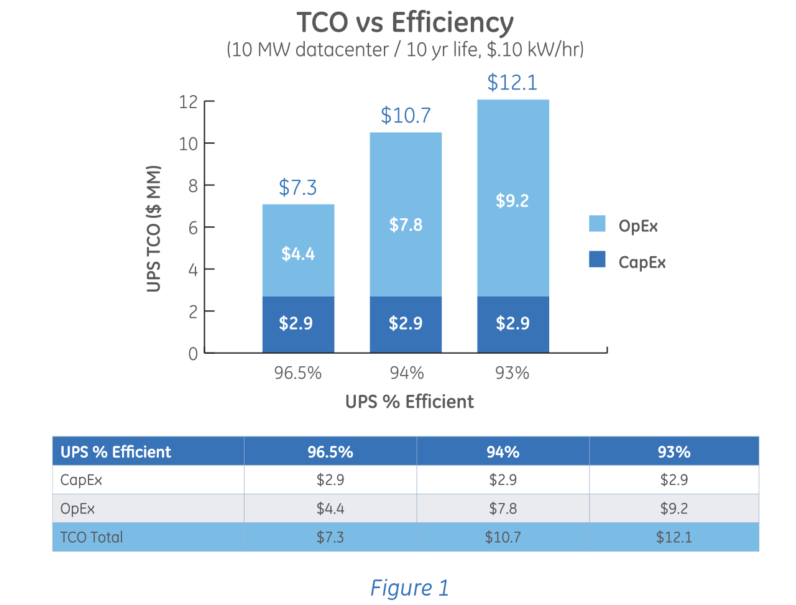
Trying to decide if you should build or buy your own data center? An essential step in your decision-making process is estimating the Total Cost of Ownership (TCO) to understand how the long-term costs of data center operation compare to colocation. Companies often consider the upfront costs of owning a data center, such as buying the building, buying mechanical equipment, and the cost of securing and paying back a business loan. However, some of the recurring costs are frequently overlooked. Here are 5 recurring operational expenses that are commonly forgotten.
Buying power and cooling equipment for your data center isn’t just a one-time cost. Many companies forget to include the cost of maintenance and repairs in TCO estimates. When buying data center mechanical equipment, evaluating maintenance contracts and warranties is just as important as pricing the product. In addition to the labor cost of maintenance and repairs and the cost of part replacement, a company must consider the potential cost of downtime. If the equipment malfunctions, how long will it take someone to get to the site to fix it? If you don’t have redundant systems in place, equipment malfunction can cost thousands to millions of dollars in downtime. To minimize this risk, it’s important to ensure maintenance contracts require technicians to arrive on site as soon as possible.
According to an article by GE’s director of critical power applications, companies commonly use 30% of energy used by a data center is consumed by cooling equipment, 50% by IT equipment and around 12% by UPS and electrical distribution. This means your total electric utility costs are going to be nearly double that of powering your IT gear, especially while your data center is half empty. Unless your data center is full, which means you have no space to grow, your equipment will be cooling empty space for a few years. The type of cooling and electrical equipment you choose can have a major impact on your OpEx. This example from Data Center Knowledge shows how a small difference in UPS efficiency can cost millions for a larger data center over its lifetime.

Source: Data Center Knowledge
Also, in most cases, your company will pay a higher rate for electricity to power its own data center than it does through a colocation provider. Colocation data centers use more energy because they power larger facilities and IT equipment for multiple companies. This means they can guarantee utility companies they will consume several megawatts of power at a constant rate, which usually results in lower rates for colocation providers. Because of these lower rates and shared mechanical equipment, tenants enjoy lower rates than they would on their own.
Networking costs are one of the highest recurring costs for operating a data center, and network provider rates can be much higher for those companies who own their own data center. This is because a marketplace of providers usually develops in carrier-neutral colocation facilities where they must compete for tenants’ business. The business model also makes sense for providers because they can serve multiple companies in one place. If you are considering moving from a colo to your own data center, make sure you understand how your cost of networking would compare to your current rates.
Another cost to consider is network latency. If you find yourself building or buying a facility that is far from a major city to save money, you also need to take the cost of network latency into account. You may also have fewer providers to choose from, so understand who the providers are in the area and the rates they offer.
If your company has never operated a data center, you will need to hire new staff – facility technicians and security staff depending on your compliance requirements. If you don’t have an in-house network engineer, it would be best to keep at least one on staff while operating your own data center. According to Payscale, network engineers earn an average of $70,000, and data center technicians earn an average of $55,000. Also, keep in mind the cost of paying someone to clean the data center, which must be done annually for the health of equipment. This can cost around $6000-$7000 annually for a small data center.
While you are responsible for your data whether you have your own data center or not, the physical security aspects of some compliance standards are taken care of by the colocation provider. If you are currently in a colocation facility, it’s important to understand the investments you will have to make in physical infrastructure and security to be compliant with PCI-DSS, ISO, HIPAA and others. Also, take into account the cost of having the facility inspected and your data center processes audited annually (sometimes bi-annually) for compliance.